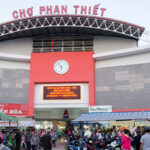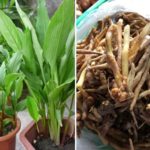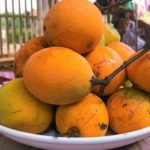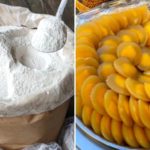The fingerroot, also known as the greater fingerroot, belongs to the Sapindaceae family and has the scientific name Boesenbergia rotunda. This perennial herb is commonly found in tropical and subtropical regions. The fingerroot gets its name from its unique shape; the rhizomes resemble a cluster of fingers, hence the name. These rhizomes are typically the size of a pinky finger and range in color from pale yellow to deep red when ripe, making for a striking sight. Each finger-like rhizome contains a hard, inner seed, while the flesh has a distinct sweet and sour taste, making it a delightful treat.
In Vietnam, fingerroot is commonly found growing wild at forest edges and mountain bases, particularly in the central provinces of Quang Binh, Quang Ngai, Quang Tri, and Thua Thien-Hue. During tougher economic times, this wild fruit became a beloved treat for children. The image of children gathering around, sharing a cluster of fingerroot while chatting and laughing, has become an indelible part of the memories of generations born in the 80s and 90s.
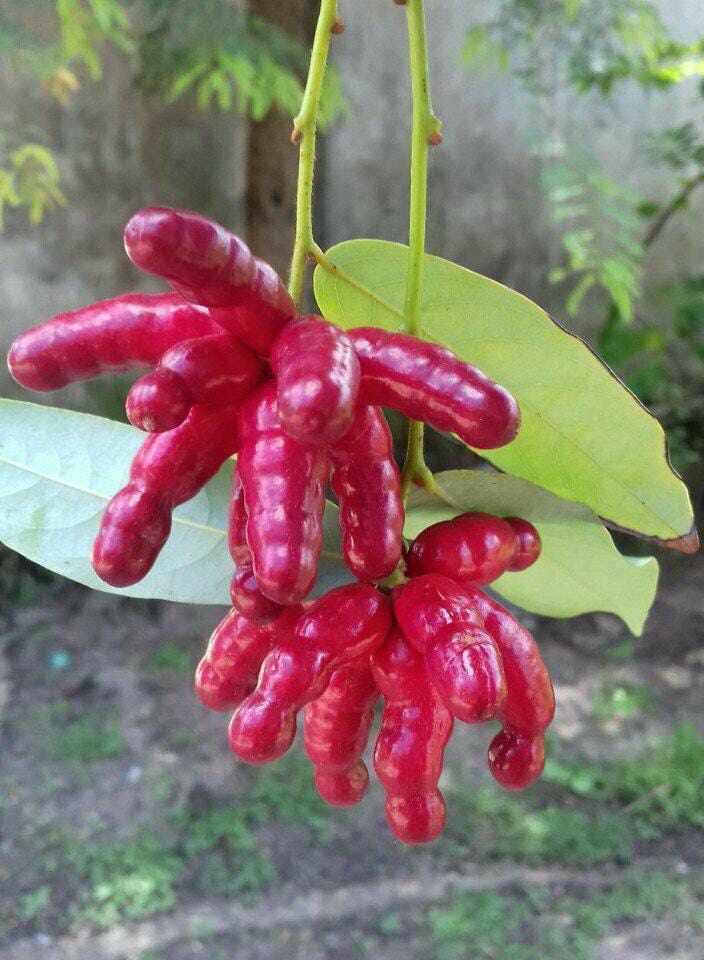
Fingerroot growing wild in the forest edges and mountain bases of Vietnam
Around July, when the summer heat peaks, the fingerroot ripens in vibrant hues. Adults, while working in the fields or forests, often pluck these wild fruits for the children. During lazy summer afternoons, neighborhood kids would venture out together to pick the lower-hanging, easier-to-reach fingerroots. Thus, for many, the memory of the fingerroot is not just about the fruit but also about the adventures and camaraderie of climbing and scavenging under the scorching summer sun.
However, the rapid pace of urbanization and changing environmental conditions have made fingerroot increasingly rare. As vacant lots are replaced by urban areas and industrial zones, the fingerroot plant has become less common. Additionally, the low economic value and limited practical applications of the fingerroot have contributed to its decline, as efforts toward conservation have been minimal.
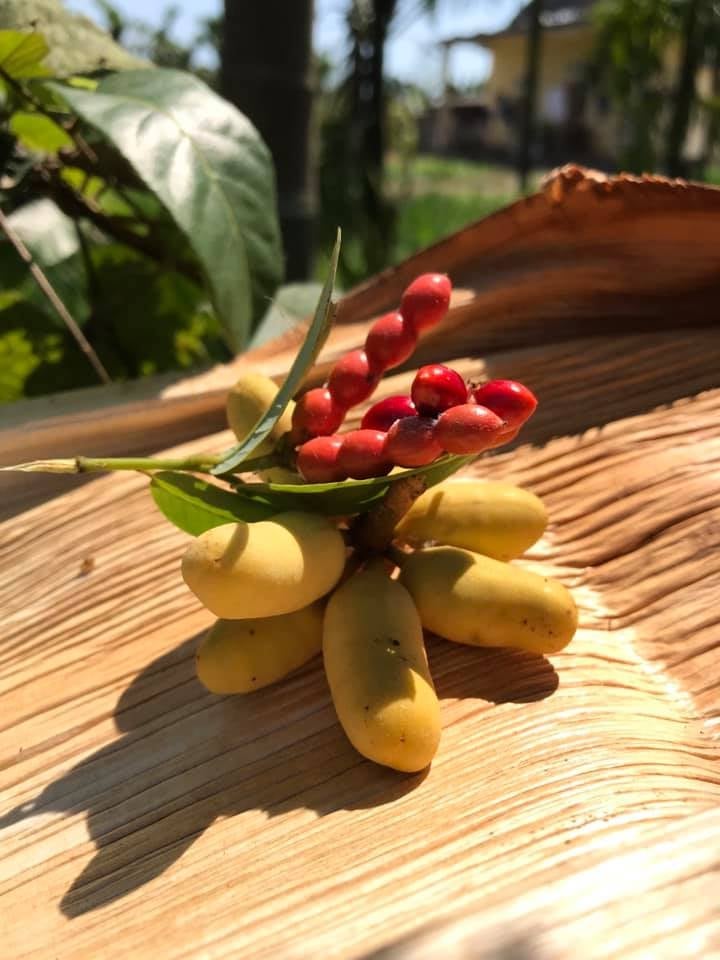
The rapid development and changing environment have made fingerroot a rare find
Finding fingerroot today, especially in large cities, has become a challenging task. While the plant still survives in some mountainous or remote areas, its presence is not as widespread as before. Occasionally, those venturing into the forests may come across a ripe cluster to share with loved ones or sell as a rare delicacy in local markets.
Nonetheless, there are specialty stores that sell mature fingerroot trees or seedlings. Seedlings typically range in price from 50,000 to 80,000 VND each, while the fruit’s price depends on the season and availability.
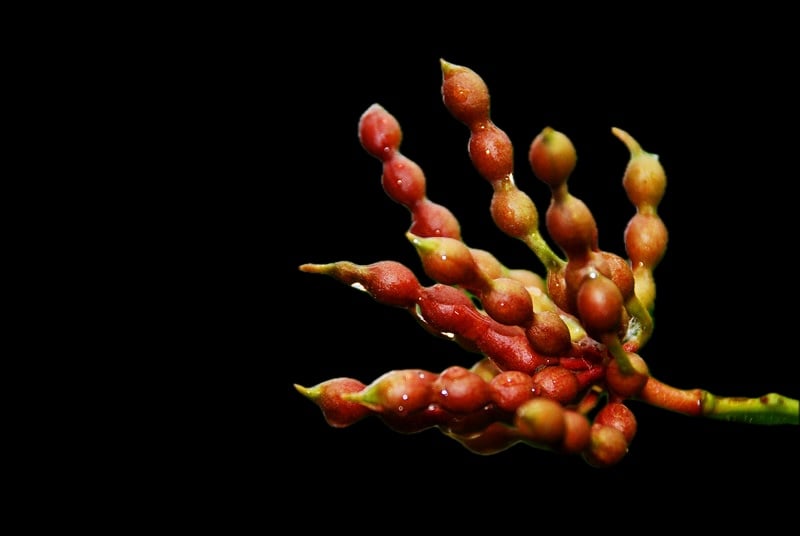
Fingerroot seedlings typically cost between 50,000 and 80,000 VND each
Once a familiar snack for the 80s and 90s generations in Vietnam, the fingerroot has now become a rare delicacy. With societal progress and change, this natural treat seems to be fading from memory. However, for those whose childhoods were marked by the fingerroot, it remains a cherished reminder of the simple, innocent joys of youth that can never be reclaimed.
The Ultimate Guide to Buying Quality Binh Thuan Specialties: 4 Top Spots You Need to Visit
Bình Thuận is a famous tourist destination, renowned for its diverse and delectable specialties. To ensure you purchase the best quality products, we’ve compiled a list of four trusted shops where you can find authentic Bình Thuận specialties. These stores are a must-visit to truly experience the unique flavors of the region!

























